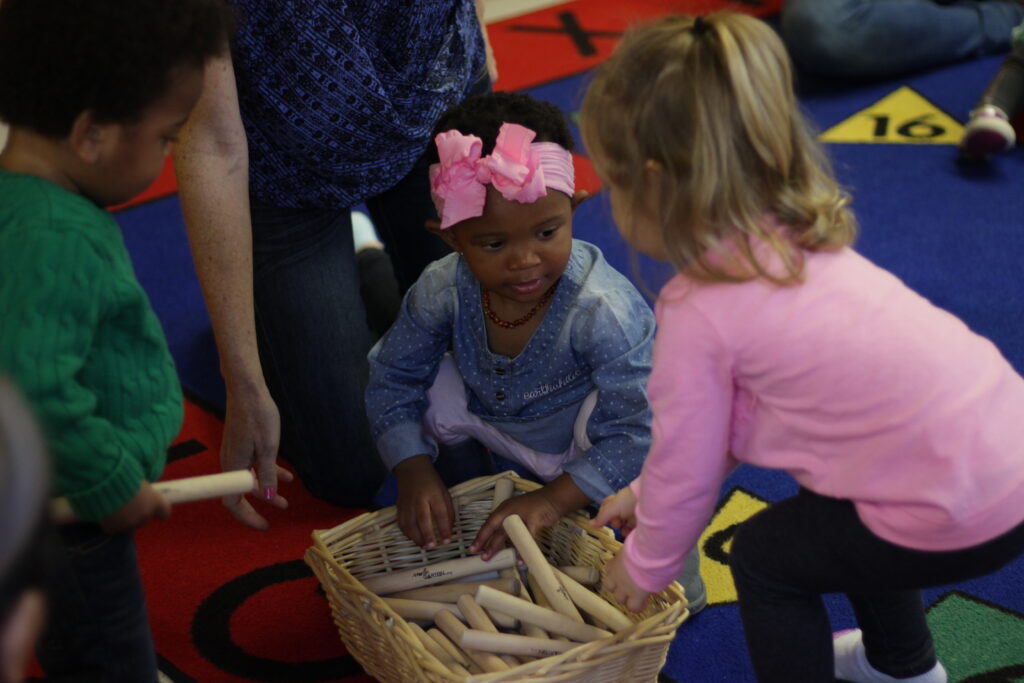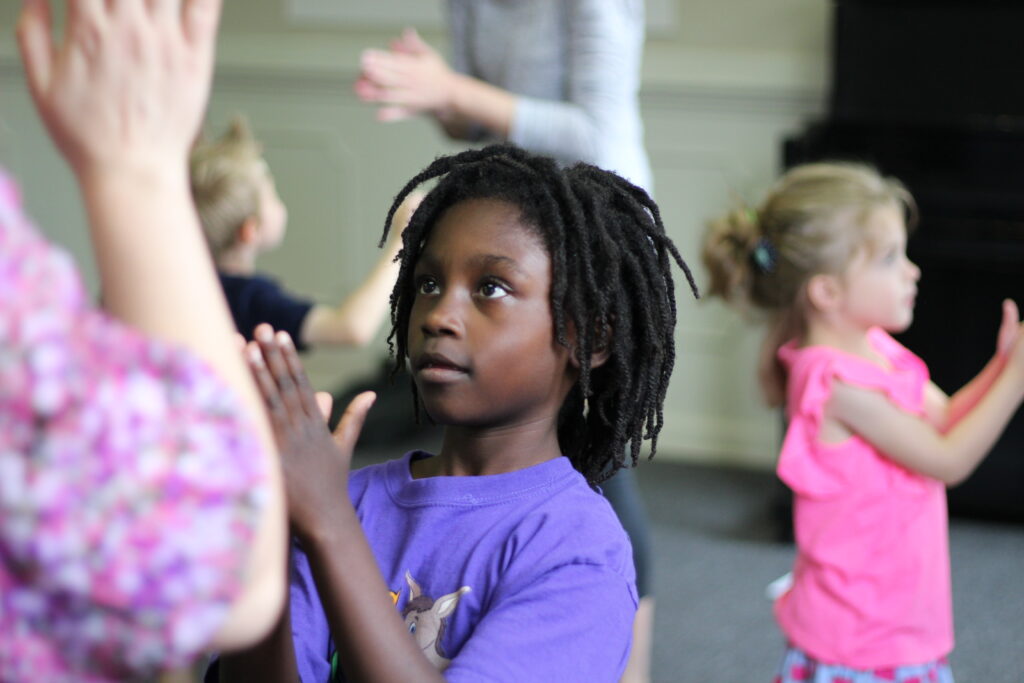Just about anyone who has ever listened to a musical group, whether it is an orchestra, choir, rap group, rock band, or jazz group can understand that music involving several entities requires a certain cohesiveness to succeed. This concept is not, by any means, a new one. The actual origins of “music” as we know it is far from settled, whether it began with human voices or the earlies known musical instruments. Whatever its origins, there is considerable science to show the social connections and benefits that music has provided, and still provides, to human kind. Music Strengthens every community.
- Tribal customs and storytelling – Group music has shown to be an integral part of ritual and customs in the earliest tribes of humans. Rhythm and singing around a fire or while performing daily tasks retold stories, asked for blessings, and communicated with neighboring groups. This, in turn, strengthened the cohesiveness and cooperation between members of the tribe with an increased sense of safety and belonging. Songs that were repeated over generations were not as subject to “the grapevine” that verbal communications alone may distort over time. Music thus became a more dependable chronicle of tribal history.
- Emotional and social skills in children – In previous installments, we have taken a deep dive into how early childhood music education helps children to share, take turns, and speak up, but additional studies have shown that group musical training increases collaboration and coordination. Children that were involved in a weekly group music lesson over a period of time showed an increased motivation to provide support for others and a willingness to accept help from peers.
- Neuro-chemicals in the brain – Studies have also shown that singing together and listening to music has shown to directly impact neuro-chemicals in the brain that play a role in closeness and connection. This reactivity to music promotes the release of endorphins and dopamine in the brain, which makes us feel good and connect with others. The rhythm of music seems to be the factor that helps a group synch together and coordinate voices and body movements, increasing positive associations with and loyalty to ingroup members.
- Music as a catalyst for social awareness and change – Throughout history, music has served to send a message that mere words cannot alone communicate. Some were songs of social unrest and calls to action. While Stephen Stills originally wrote the song For What Its Worth because of the sunset strip curfew riots of 1966, it quickly became an anti-war anthem that inspired and gave voice to a generational movement. Many other musical events and songs were designed to create awareness and provoke positive action in global society. Whether it be USA for Africa, Live Aid, or Farm Aid, these musical events brought many different communities, societies, and cultures together for a common cause.
- The power of music continues to create community today – As Covid-19 started to take hold in nearly every society throughout the world, music again proved a powerful catalyst to bring people together. You may recall in the early stages of the pandemic, the world watched as Italians emerged onto their balconies to sing the national anthem together. As an auditory domain, music has the advantage of not requiring close proximity to share. As the pandemic has shown in home produced concerts online, beautiful group music can still be created with participants in different physical spaces. And even as the world waited in quarantine, music served as a way to create a sense of control over our lives, making us feel better and closer to one another.
The power of music has been demonstrated and acknowledged throughout history. Plato said “Music is a moral law. It gives soul to the universe, wings to the mind, flight to the imagination, and charm and gaiety to life and to everything.” It has helped families bond and tribes tell their history, given a voice to those who didn’t have a seat at the table, and created human solidarity across borders and oceans. It is no wonder then, why it plays such an important role in our society, and that we would want to teach music to our children at the earliest age.







